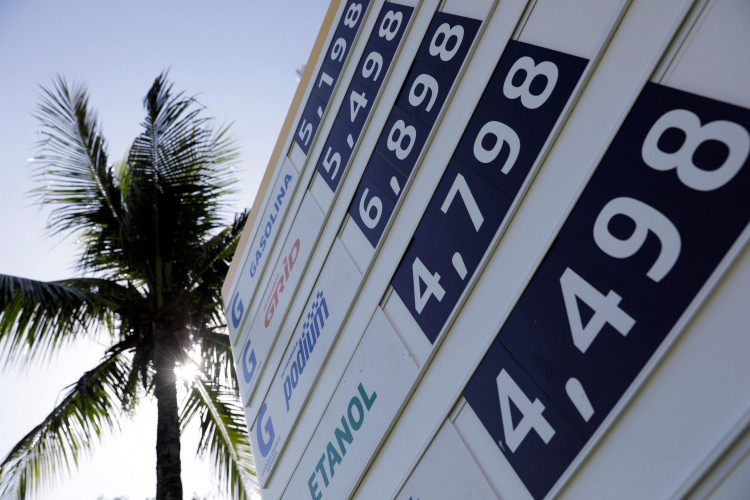U.S. oil prices registered high figures on Wednesday, supported by a major economic stimulus plan, even as government reports revealed the coronavirus pandemic had begun to undermine the country's demand for fuel last week.
Oil futures finished stronger on Tuesday, expanding their rise to a second consecutive session a day after a landmark round of monetary easing was announced by the US central bank and investors remained optimistic about expectations for House approval of a major fiscal stimulus program.
On the contrary, demand for oil products, in particular jet fuel, is dropping sharply as nations around the world roll out national lockdown measures in response to the ongoing health calamity.
An agreement was eventually reached on stimulus. The package will include $2 trillion in cash, specifically dedicated to the program of the White House that includes the procurement of 77 million barrels of oil for the Strategic Petroleum Reserve.
The package also included a $1,200 check for each American earnings below $70,000 and a sweeping increase to unemployment compensation. It comes in the wake of a dramatic collapse in the price of oil, in which commodity prices have plummeted more in one day than we have in the last 30 years.
The energy industry was rocked last year by record bankruptcies and write-downs which didn't spare even the oil majors. A significant number of 50 energy firms filed for bankruptcy, including 33 oil and gas producers, 15 oilfield services firms and two midstream companies, according to the law firm Hayes and Boone's on Energy and Restructuring.
Meanwhile, multi-billion dollar asset impairments were revealed by Chevron Corp., Schlumberger, and Royal Dutch Shell citing unfavorable macro outlook.
According to analysts, as demand continues to struggle, some positive news have emerged from the supply side, with the US openly discussing some form of cooperation with Saudi Arabia in efforts to hike crude prices. Saudi oil partnership is one option that is being discussed in an attempt to boost prices, Bloomberg reported.
In the second quarter, demand for fuel is expected to drop sharply worldwide with aviation largely at a halt and road travel significantly curtailed. Most recently, India, the second-most populous country in the world and the third-largest user of oil, has imposed a 21-day lockdown.
West Texas Intermediate crude delivery for May climbed by 65 cents, or 2.8 percent, to settle on the New York Mercantile Exchange at $24.01 a barrel. May Brent crude, the global benchmark, rose to $27.15 a barrel on ICE Futures Europe by 12 cents or 0.4 percent.






